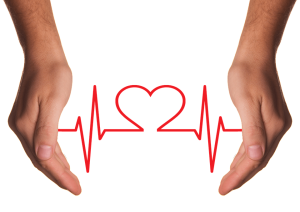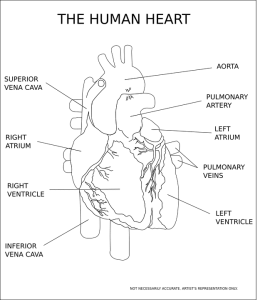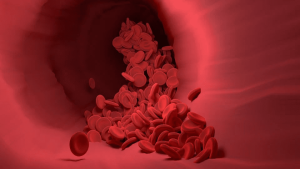
Your heart is directly involved in supplying all of your organs with the oxygen they need to function properly. Without it, your body would completely shut down.
This is why it’s so important to take good care of your heart. If you develop heart disease, your heart is no longer able to perform its primary function with the same efficiency.
Learning more about the anatomy and functions of your heart can help you understand not only the role it plays in your overall well-being but also how you can take better care of it to avoid heart disease.
Functions of the Heart
Each day, your heart pumps about 2,000 gallons of blood if it’s functioning regularly.
Your heart is a key component in keeping your blood cells oxygenated and delivering this oxygenated blood throughout your body.
Oxygenating Blood
Your cells could not perform their regular functions without oxygen, and oxygen fuels cellular respiration, which is where your cells use oxygen to break down nutrients into energy and waste. The waste gets discarded, and the energy is used as fuel for your body.
Since oxygen is such an integral part of your cells’ regular functions, your body has to ensure a constant supply is reaching your cells at all times, which is accomplished by oxygenating your blood.
The heart doesn’t supply this oxygen itself, but it does facilitate oxygenation by pumping deoxygenated blood into the lungs.
Circulating Blood
Once blood has been oxygenated, it moves from the lungs back into the heart. It then has to reach the rest of your body.
Your heart pumps this blood through your arteries, which carry it to organs and tissues throughout your body. Contractions, known as heartbeats, push blood through your circulatory system.
Once the oxygen is used up, blood returns to the heart to be oxygenated once again.
Anatomy of the Heart
Your heart is a complex organ made up of a series of chambers, valves, and tissues. Each part of the organ is involved in circulating your blood throughout your body, and damage to any of them can jeopardize your health.

Chambers
Your heart consists of four chambers. You have left and right atria located in the upper area of the heart and left and right ventricles in the lower area. The left and right sides are separated by a muscle wall known as the septum.
Blood enters your heart through the atria from your veins. It passes from the atria into the ventricles, which then pump the blood out of the heart.
The atria are thinner than the ventricles, as not as much force is needed to transfer blood between the chambers of the heart. More force is needed to pump blood out through the arteries.
The right atrium receives deoxygenated blood and passes it through to your pulmonary system via the right ventricle. Your left atrium receives oxygenated blood from your lungs, which is then pumped out from your left ventricle to the rest of your body.
Valves
Heart valves control the flow of blood through the heart, ensuring everything stays moving in the right direction.
Atrioventricular valves, also known as cuspid valves, are located between the atria and ventricles. They close as the ventricles contract, preventing blood from flowing backward into the atria once it has passed into the ventricles.
Your heart also contains semilunar valves, which are located near the bases of the ventricles. These valves close and the ventricles relax, and these actions keep blood from flowing back into the ventricles after it’s been pumped out into your circulatory system.
Blood Vessels

Your heart is connected to many different blood vessels that carry blood to and from different cells and organs. These include both veins and arteries. While your veins bring deoxygenated blood back to your heart, your arteries pump oxygenated blood out of your heart and through your body.
Your largest artery, the aorta, brings blood to many different areas through smaller branches. You also have the superior and inferior vena cava, which bring deoxygenated blood back to the heart from your upper and lower body, respectively. Your pulmonary artery and veins carry blood between your heart and lungs.
Your heart needs oxygenated blood to function too. This is supplied by the coronary arteries.
How Heart Disease Interferes With These Functions
Heart disease interferes with the regular function of your heart by restricting blood flow. Plaque builds up in your arteries, causing them to narrow, which in turn, limits how much blood can pass through them.
Without proper oxygenation in your heart and other parts of your body, your cells won’t have the energy they need to function properly. This can lead to major complications, like a heart attack.
Improving Your Health Through Heart Disease Treatment
Thankfully, there are many ways to keep your heart healthy and prevent heart disease. Common heart disease treatments include following a heart-healthy diet, quitting smoking, and getting more exercise.
Final Thoughts
Properly caring for your heart allows it to function efficiently. The more heart-healthy choices you make, the easier it is for your heart to continue to oxygenate and circulate blood like it’s designed to do.
